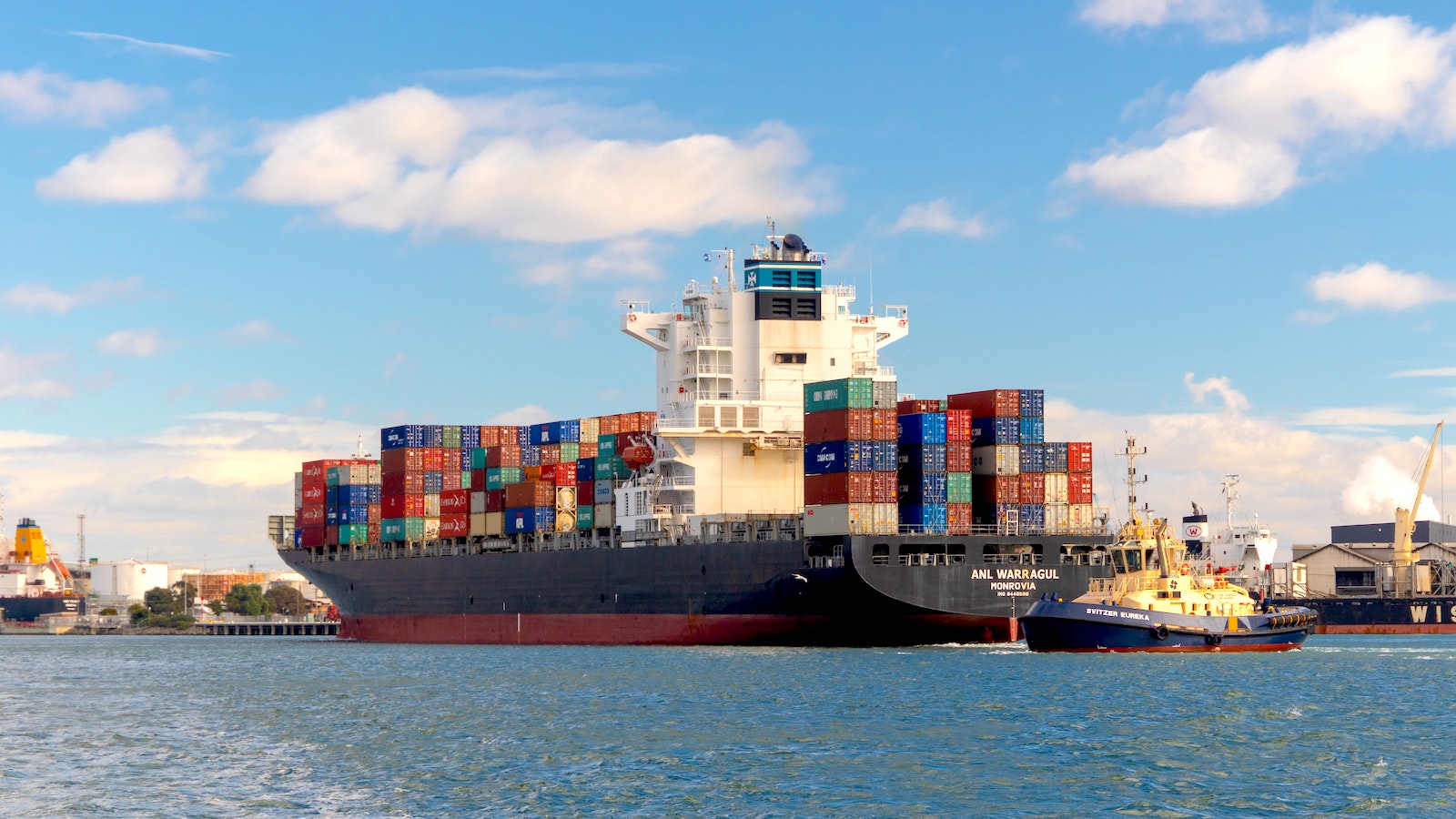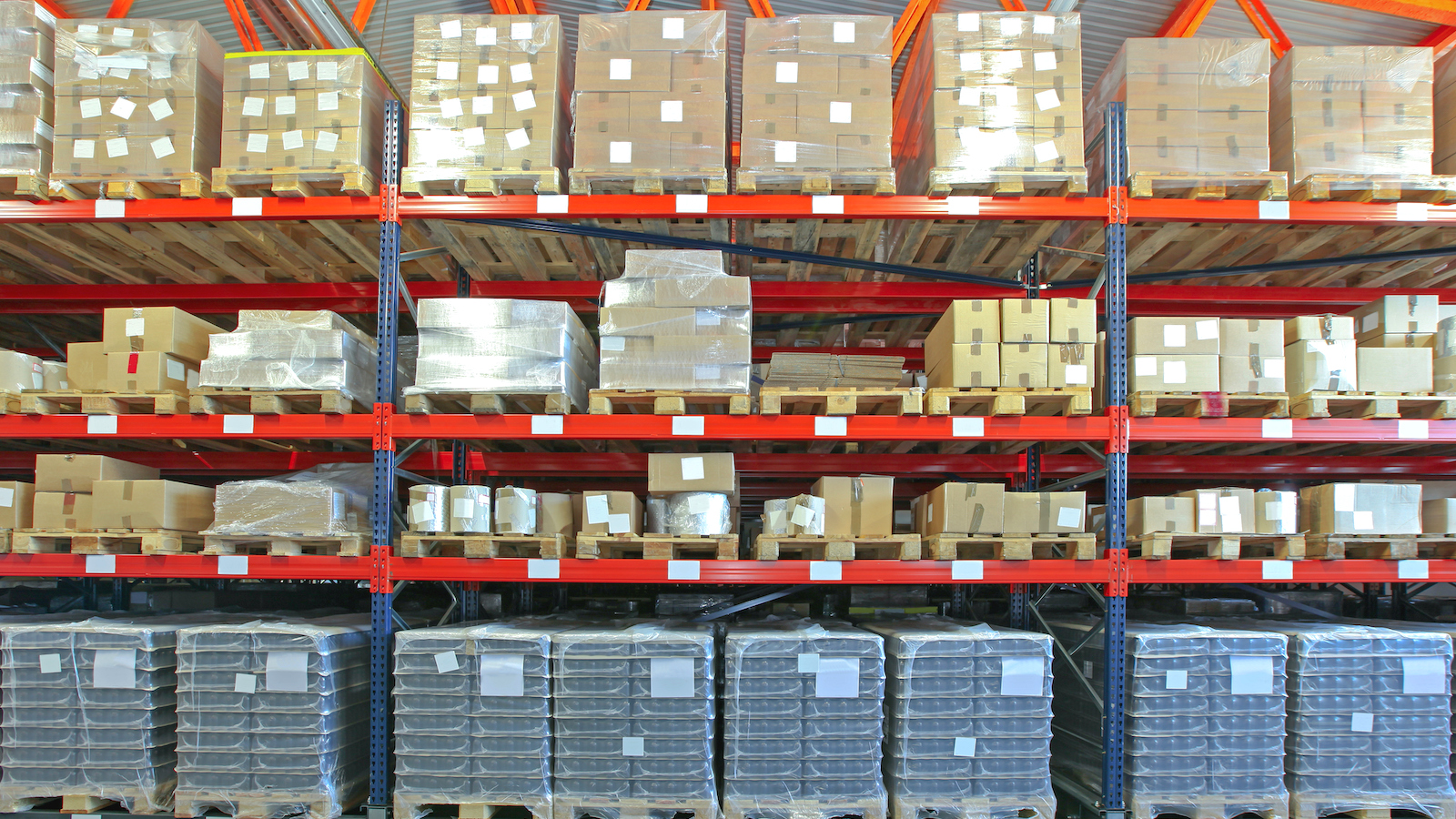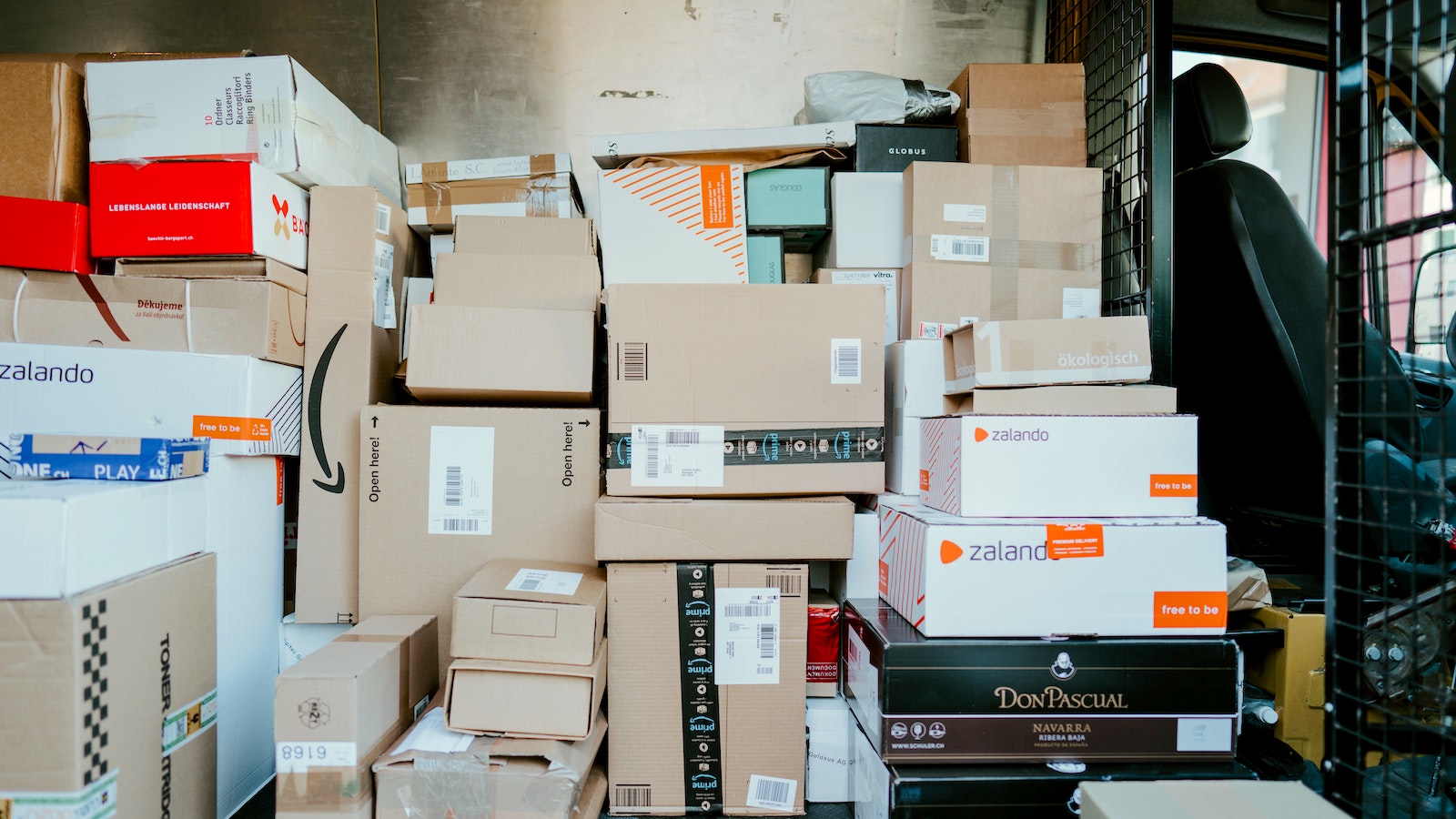Table of Contents
** Minutes
Common challenges of logistics
Increasing logistical efficiency
The average online retailer spends at least 11% of its sales costs on logistics operations. This means, if you sell a product worth $100 then you will need to spend around $11 on its storage and transportation.
The good news is that such expenses can be halved, without compromising on customer experience. In order to accomplish this, ecommerce businesses need to invest in improving logistics efficiency by using the right technologies and optimised logistics management processes.
Apart from saving on logistics costs, increased efficiency also drastically reduces delivery time, maintains quality control, and delights customers. And this is why optimising supply chain efficiency is considered a non-negotiable for growing ecommerce retailers.
This article will provide more information on logistics efficiency, highlight the challenges faced by online merchants, and how outsourcing these logistics operations to a third party logistics (3PL) company can help build good shipping habits.
What is logistics efficiency?
Logistics efficiency is a measure of how effectively your business manages its logistics operations. It requires online vendors to closely track and optimise the movement of product shipments to ensure that the customers receive their orders quickly and cost-effectively.
Common challenges of logistics
Logistics is a complex part of supply chain management. New online businesses with ambitions of scaling quickly will inevitably encounter many logistics challenges such as truck breakdowns and fluctuating tariffs.
But perhaps the most important, and at times challenging, concerns are as follows:
Rising costs
Everything from fuel, warehousing, depreciation, insurance, and taxes to manpower expenses related to the transportation and storage of goods are categorized as ecommerce logistics costs.
Ever since COVID-19, most of these costs are on the rise, which makes fast and reliable shipping quite expensive. This, in turn, affects your online retail business’ profitability.
Smaller merchants who sell low value and heavy and large items face the brunt of this crisis.
Customer expectations
Fast and free delivery is now the norm. Most customers expect next-day or same-day delivery. This is a growing customer fulfilment experience expectation set by the likes of Amazon and UPS.
To gain a competitive advantage and ensure customer satisfaction, you need to run high-performance shipping logistics operations, backed by a just-in-time strategy.
Supply chain visibility
The bigger your company gets the more moving pieces there are. Additionally, as your company grows, you’re at a higher risk of logistics issues cropping up. This is especially true if you don’t have end-to-end inventory visibility.
To ensure that there are no surprises for you or your customers, it is important to put real-time inventory tracking mechanisms in place. To this end, tech-enabled logistics companies can prove to be really handy.
Government regulations
SMBs have to constantly deal with bureaucratic red tape when it comes to shipping orders between states or even countries. And it’s often difficult for online merchants to keep track of the ever-changing processes, permits, taxes, and customs tariffs in-house.
Increasing logistical efficiency
Retail businesses need to carefully consider supply chain optimisation in the modern-day ecommerce scenario. Here are some actionable tips for you to improve logistical efficiency and your company’s bottom line:
Technology and software
To ensure customers receive the correct order at the right time, invest in tech-powered logistics systems that will help you make better, more data-driven decisions.
You may implement such systems alongside technologies like GPS tracking, internet of things (IoT), big data, machine learning, and radio frequency identification (RFID), to achieve end-to-end supply chain control.
Logistics automation can also save time, cut costs, and speed up the order processing and fulfilment process to build a lean supply chain.
Key performance indicators (KPI)
Continuous efforts need to be made to track perfect order metrics, distribution metrics and warehouse KPIs to understand business logistics performance at any given time. Then, to make sense of all this data, you may run real-time supply chain analytics that deliver powerful business insights.
The supply chain KPIs will also help you check if the promised service levels are being met by shipping couriers or logistics companies.
Partner with a 3PL
Logistics is the lifeblood of any online retail business. But new DTC brands will find it overwhelming to manage it in-house owing to its many moving parts.
That is where outsourced logistics services can make all the difference. An on-demand logistics solution will ensure that businesses can opt for a hands-free approach when it comes to improving supply chain efficiency.
If you are shipping orders overseas, choose an international logistics provider that gets you the best rates from shipping providers and guides you through customs and compliance.
How ShipBob helps improve DTC logistics efficiency
ShipBob does all the heavy lifting in terms of multi-channel logistics.
We offer an affordable and fast third party fulfilment logistics solution that integrates seamlessly with your online store. Our logistics network of fulfilment centres allows you to distribute your inventory intelligently, thus enabling low-cost 2-day ground shipping to the continental US.
Additionally, ShipBob offers a tech platform that runs complex inventory analytics and displays them in a user-friendly dashboard. This makes it easy for your business to learn how to reduce transit times, decrease out of stocks, and much more.
Thus, we help turn order logistics operations management into a major business revenue driver.
Our range of logistics services includes order fulfilment, picking and packing, warehousing, inventory management, and returns and delivery management.
Read this review to learn more about ShipBob’s logistics capabilities.
Logistics efficiency FAQs
Here are the answers to top questions about logistics efficiency.
How is logistics efficiency measured?
To measure logistics efficiency, you need to track KPIs such as on-time shipping, warehouse capacity, order fulfilment accuracy, product damage, and employee turnover rate.
How can logistical efficiency be improved?
The best way to improve supply chain efficiency is to choose logistics innovations such as a tech-powered 3PL. These logistics management systems do the heavy lifting when it comes to warehousing, delivery and returns management, procurement, and much more. Some 3PL, such as ShipBob, even allow you to park merchandise at storage facilities close to the customer for cheaper and faster order fulfilment.
What makes efficient logistics?
Data-backed logistics planning is the key to improving logistics efficiency. Planning well in advance, based on up-to-date forecasts, means that all delays and resource wastage can be eliminated.



